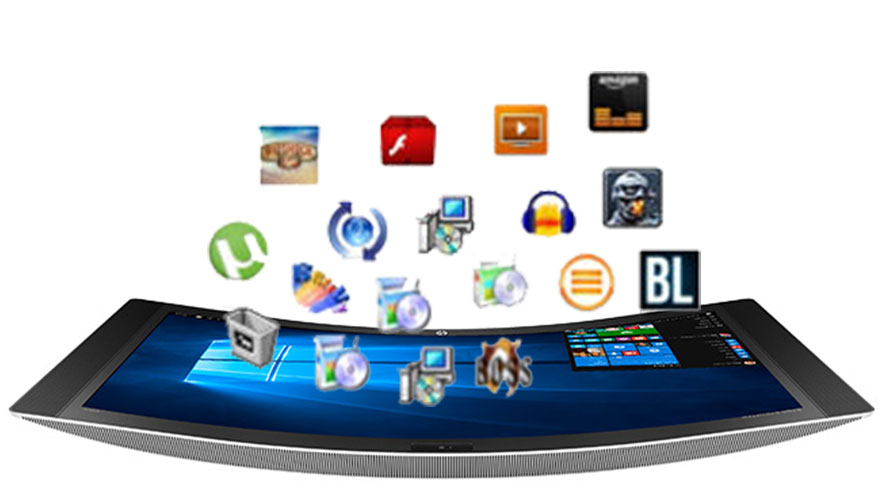Microsoft Refresh Windows tool for Windows 10: feels like Deja-Vu?

As of Windows 10 Insider Preview Build 14367, we finally catch a glimpse of Microsoft’s plan to rid store-bought PCs of bloatware, in the form of “Refresh Windows”, a free tool provided by Microsoft, designed to perform a clean install of Windows 10, while eliminating all OEM software loaded by the manufacturer.
The inception of sponsored bundled software has been standard practice for manufacturers looking to lower the cost of PCs at retail, with some brands pushing the limits, to a point where performance becomes an issue, and privacy concerns begin to raise in reference to at least a percentage of bloatware being capable of “phoning home”, as it transpired in a number of notable examples.
Refresh Windows is available to Insiders, as of Build 14367 only, ergo non-insiders or Insiders running previous builds, should not run this tool, pending adverse effects. Also, it’s important to note that Refresh Windows is still experimental, and should not be used on computers used in production settings, and daily drivers.
As mentioned above, Refresh Windows scrubs all OEM/third-party software, including apps and drivers, which results in a brand new Windows 10 installation, in which the performance boost is especially noticeable, compared to an identical PC out of the box. With that said, as we read about Refresh Windows, the concept does ring familiar.
Almost three years prior to Windows 10’s release, as far back as 2012, Microsoft began its “Signature Upgrade” service, originally priced $99, which would go through a similar process as what we can expect from running Refresh Windows, except that back in 2012, the need for such tool was even more necessary, considering that the vast majority of PCs ran Windows XP, and Windows 7, which are still very popular, and the most vulnerable to malware.
Since then, Microsoft has taken different approaches to fight bloatware, including launching its own line of selected PCs under the “Signature” brand, an evolution of its Signature Upgrade service, now offering the same PCs available off the shelves, but without bloatware, and with rather credible claims of startup time improvement up to 104%, and shutdown speed 35% faster (experience may vary).
The obvious caveats are that the price of Signature PCs is higher than regular ones, which is why it seems rather odd of Microsoft to release a piece of software, for free, designed to turn a store bought PC into a Signature PC. Alas, this is really not Microsoft’s problem after all, as the priority is to ensure that consumers have the best Windows 10 experience, especially once the free upgrade expires, this July.